Compassion in Conservation
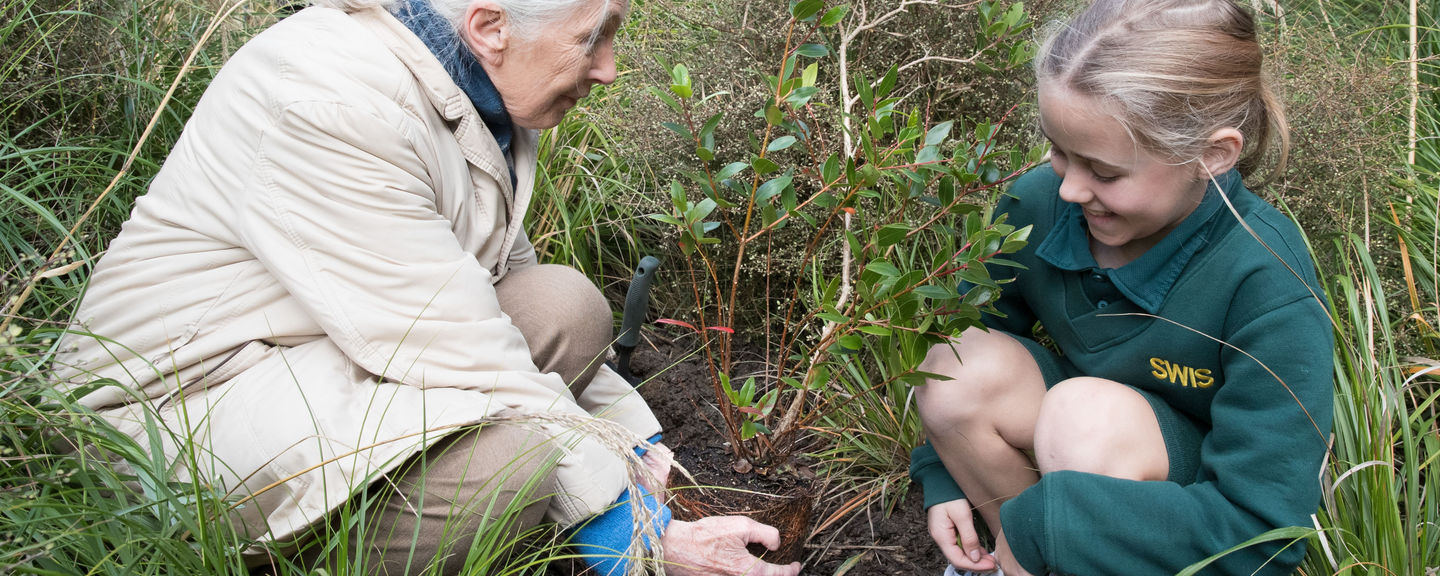
Restoring our treasures with care, empathy and compassion.

I call on the New Zealand Government, organisations, communities and the people of New Zealand to ensure that if control of non-native species is to be undertaken that it is done so as humanly as possible, and with empathy and compassion. The task need not employ malice and disregard for living things, which unfortunately find themselves to be in an unwelcome environment through no doing of their own.
This is especially important for our young people. Maintaining the highest standards of understanding, empathy and compassion shapes their view of all living things. This will benefit who they are today and the communities we have tomorrow.
The New Zealand Conservation Context
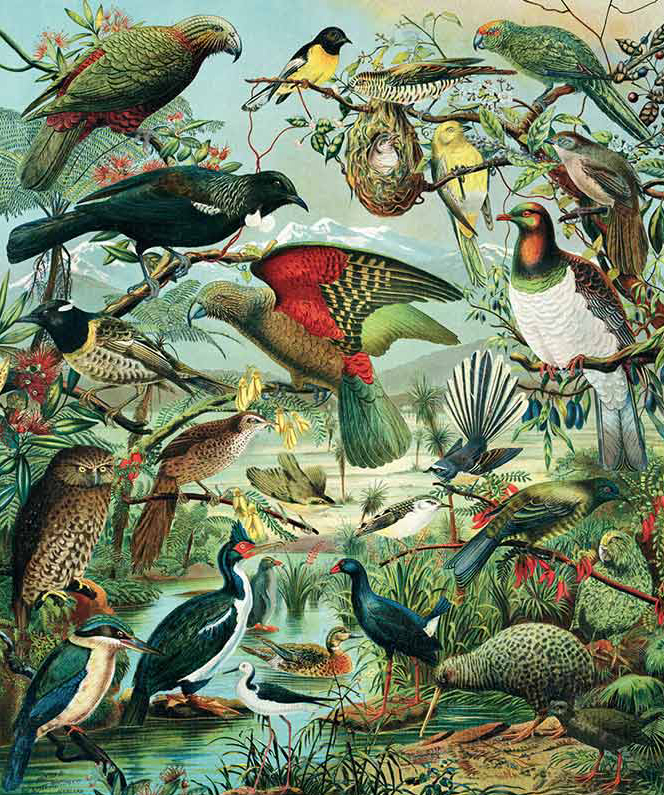
New Zealanders have a strong connection with and appreciation for the natural environment.
New Zealand has an exceptionally high level of endemism: 100% of reptiles, frogs and bats; 84% of freshwater fish; 80% of trees, ferns and flowering plants; 80% of invertebrates and 70% of birds are endemic.
As elsewhere in the world there are significant threats to New Zealand’s wildlife. The threats to New Zealand’s native species include: introduced predators (particularly rats, stoats and possums), introduced herbivores (pigs, goats, deer, tahr), weeds, and habitat loss through intensive land use and industrialisation.
Around 3,000 of New Zealand’s native species are classified as ‘threatened’ or ‘at risk’ and approximately 800 of these are classified as threatened and at risk of extinction.
In July 2016, New Zealand’s Prime Minister announced the goal of New Zealand being predator free by 2050. This ambitious aim has resonated with the New Zealand public.
The Department of Conservation published a draft Threatened Species Strategy, which sets out the key elements that need to be undertaken to protect New Zealand’s unique species.
To achieve the vision and assess progress, the draft Threatened Species Strategy aims to:
- Manage 500 species for protection by 2025 – a 40% increase on today – and 600 species for protection by 2030.
- Enhance the populations of 150 prioritised threatened and at risk species by 2025.
- Integrate Te Ao Māori (the Māori world view) and mātauranga Māori (Māori knowledge) into species recovery programmes by 2025.
- Support research, particularly through the National Science Challenges, that helps us to better understand data deficient species.
Importantly the Strategy is underpinned by an ethic of partnership between government agencies and Māori. Iwi as the indigenous kaitiaki or guardians of the natural world, Te Ao Tūroa, including the plants, animals and fungi of New Zealand.
Positive conservation outcomes have been demonstrated where all introduced mammals have been removed from over 100 offshore islands around New Zealand, including the removal of Norway rats in 2001 from Campbell Island (which is part of the New Zealand Sub-Antarctic Islands World Heritage site), and the eradication of nine species of introduced mammals completed in 2009 on Rangitoto and Motutapu Islands. These efforts have demonstrably improved the threat status of native species. These successes have allowed the national debate in New Zealand to adopt a broad ecosystem-based approach to wildlife management.
The Jane Goodall Institute & Species Management
The Jane Goodall Institute New Zealand accepts that the control of invasive alien species needs to be employed in New Zealand to achieve identified conservation outcomes for the benefit of our native species.
However, JGI NZ are emphatic in ensuring that if lethal options are to be undertaken that the mechanisms employed must be the most humane possible. Stress and suffering caused to the animals and species must be minimised.
Unfortunately, there currently seems to be a glorification of animals that are trapped and killed as part of conservation efforts. The impact of this attitude within New Zealand, most especially on young people, and worldwide can be hugely detrimental. Research supports the premise that the empathy and understanding that young people develop for animal species can have wide reaching impacts on their behaviour and actions into adulthood. Consequently, JGI NZ will encourage all community and conservation groups, NGOs, and government organisations to include discussion of empathy and compassion for all living creatures, including those that are targeted for control efforts.
Roots & Shoots In New Zealand
JGI NZ reflects that it is never appropriate for members of any Roots & Shoots group to be directly or indirectly assisting in any lethal control of animals.
For JGI NZ restoration of environments, with native flora and fauna is the focus we shall maintain. In addition, as a component of Roots & Shoots in the New Zealand conservation context, education and information will be shared on how to consider empathy and compassion.
In essence JGI NZ can support the approach of enhancement and restoration of New Zealand’s native wildlife, recognising that many of our species are globally unique, and that lethal control methods will be required to achieve the country’s ambitious aims. But it is important that we undertake any control actions with the highest standards of understanding, empathy and compassion.
What's in a Name? - The Language of Compassion
The vilification, encouraged mistreatment and disregard of living things can lead to reduced empathy and desensitisation to violence.
Language has a big part to play.
Pest. Predator. Introduced. All come with negative connotations All mask the fact that these animals are still sentient beings that simply find themselves in a place which can not support there presence in a way that also maximises outcomes for our native species.
If we want New Zealanders to be compassionate people who care about each other, our environment and the animals in our country we need to reflect this at all levels. Individual, communities, schools, organisations and our government.
We should ensure that language is not the first step on a path of greater disconnect of head and heart.

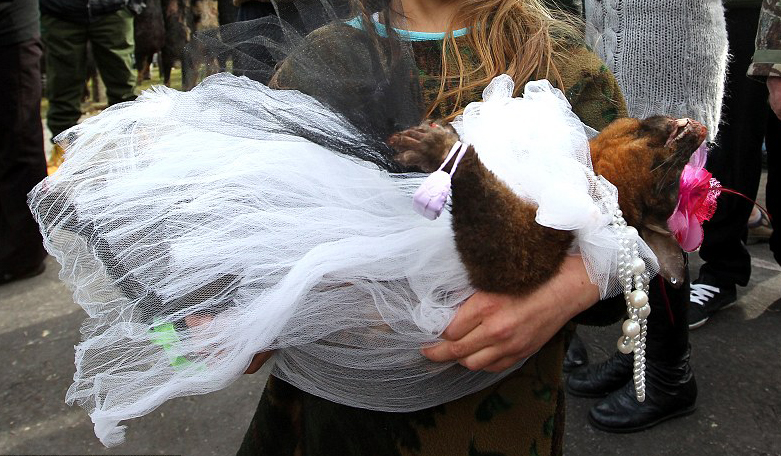
Campaign Objectives
- Engage the New Zealand public, government and non-governmental organisations and in a re-framing of the conservation focus in New Zealand. Changing our focus from a method to the goal of restoring restoring our native flora and fauna.
- Include empathy and compassion for all species and individual animals in New Zealand.
- Eliminate inhumane control methods for non-native species in New Zealand.
- Change the way in which New Zealanders refer to, relate to and treat non-native species.
- Ensure that young New Zealanders are not involved in control of non-native species in a way that reduces their compassion for living things and the way in which they relate to animals and reduces the empathy that they can engender.
Take Action
- Share the way in which we can think about all animals in a compassionate way.
- Ensure the way you speak about non-native species relates to empathy for individual animals.
- Share ways in which non-native species can be controlled utilising humane methods.
- If you are actively partaking in control of non-native species ensure all methods, behaviour and thinking includes compassion.
- Ensure the young people in your life and community are partaking in efforts towards the goal of enhanced outcomes for New Zealand's native fauna in a way that does not negatively impact them.
- Explore our 1-Click Campaign to Ban School Possum Hunts
- Clear. Plant. Make homes. Encourage. Help ensure strong and flourishing native populations.
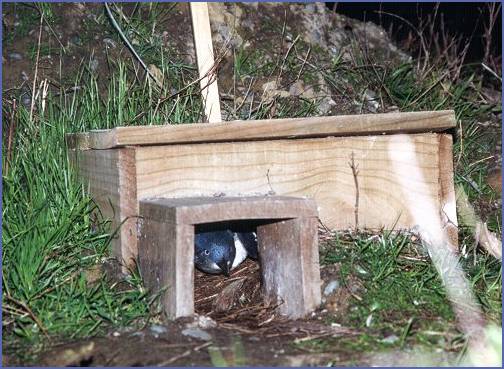
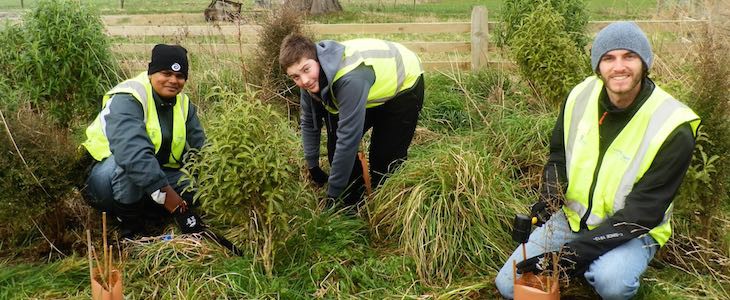
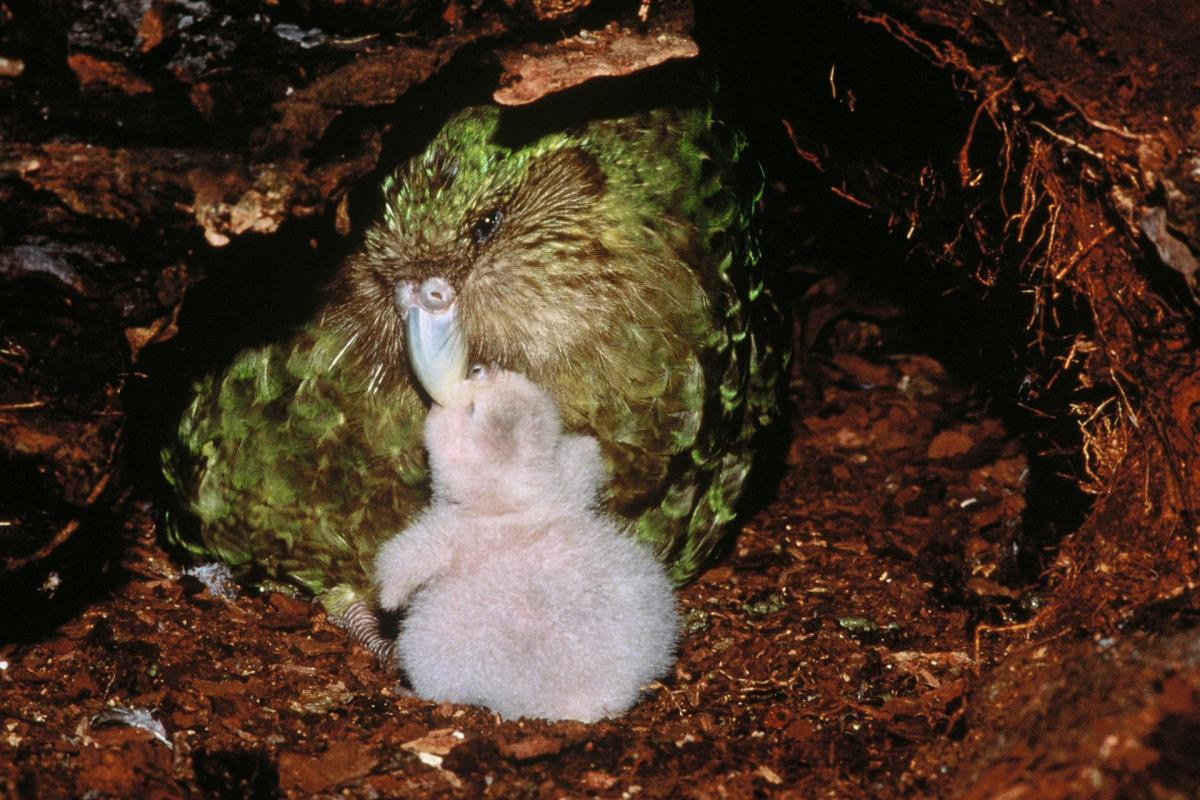
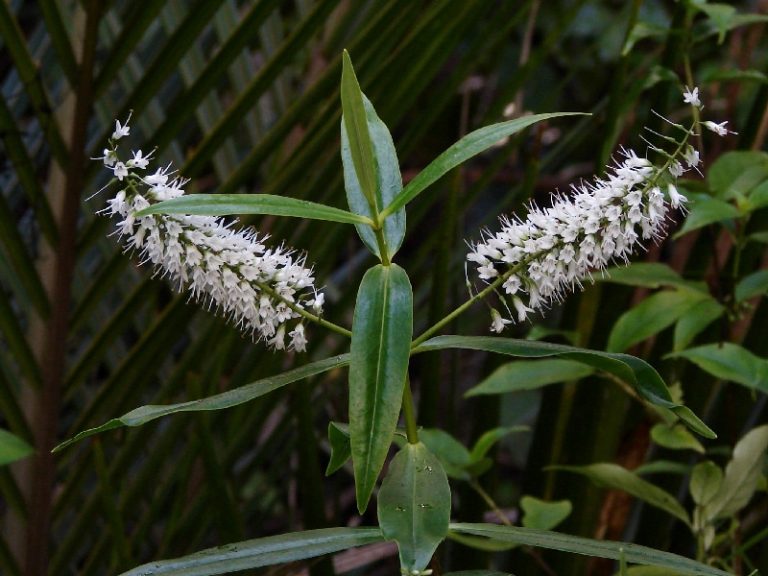
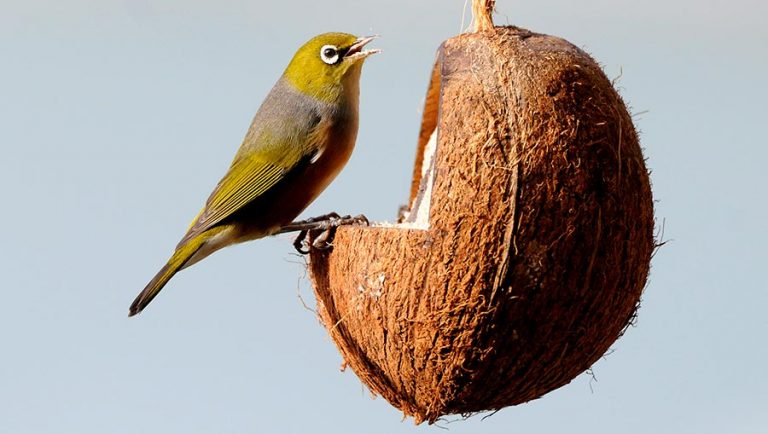
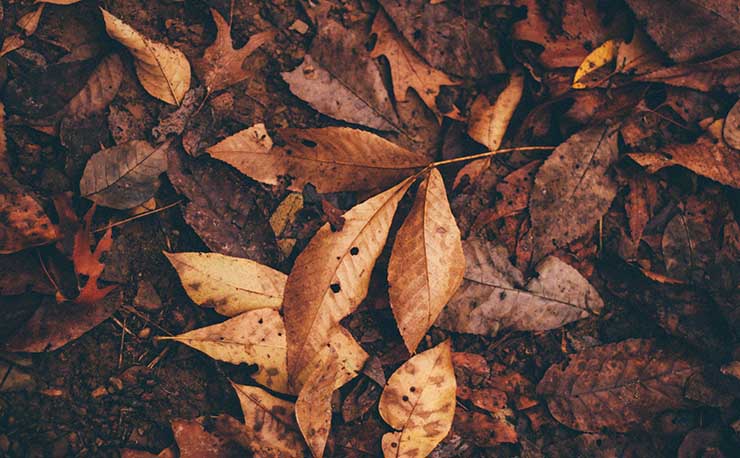
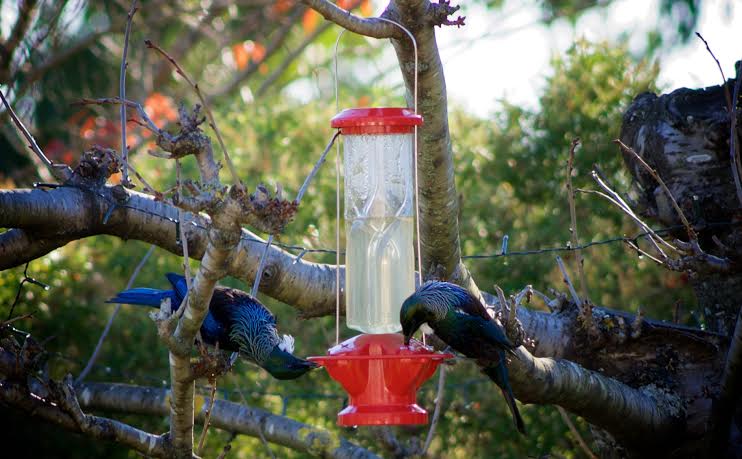
Bring Native Birds to Your Backyard
Plant to please
Plant flowering plants like puriri, nikau and kōwhai to provide a natural food source. If space is limited try small bushes like native jasmine, koromiko or other hebe species. They’ll bring insects which in turn attract small birds like the fantail or grey warbler.
Feed to fortify
Winter is tough on birds as they need extra energy to stay warm. They also clock up lots of air miles searching for food sources, which are scarce in winter. Putting out nutritious seed or food rich in essential fats can make all the difference to a tired, hungry bird. And, just like us, they need a good balance of vitamins and minerals to stay healthy.
Bin the bread
Grain-based food like bread encourages introduced species like sparrows to dominate the garden. These birds can crowd out smaller natives like the grey warbler and waxeye. In reality most New Zealand birds don’t fare well on bread but prefer to eat nectar, insects, leaves and berries.
Leave a little litter
Leaf litter, that is. Little piles of twigs, fallen leaves and other garden matter create the perfect environment for insects, which our native birds — particularly tūi, bellbirds and fantails, love to forage for.
They’ll neck nectar
Put out a nectar feeder and, once the tūi and bellbird find it, you’ll have regular visitors. A red feeder will attract nectar-feeding natives best as they’re used to looking out for the red flowers of the rata and pohutukawa.
It’s the little things that make big things happen. So get behind your locals, ‘birdscape’ your garden and really make a difference to the native bird numbers in your area.
You can find feed and feeders for native birds here - http://topflite.co.nz/products/wild-birds/ or get creative with your own!